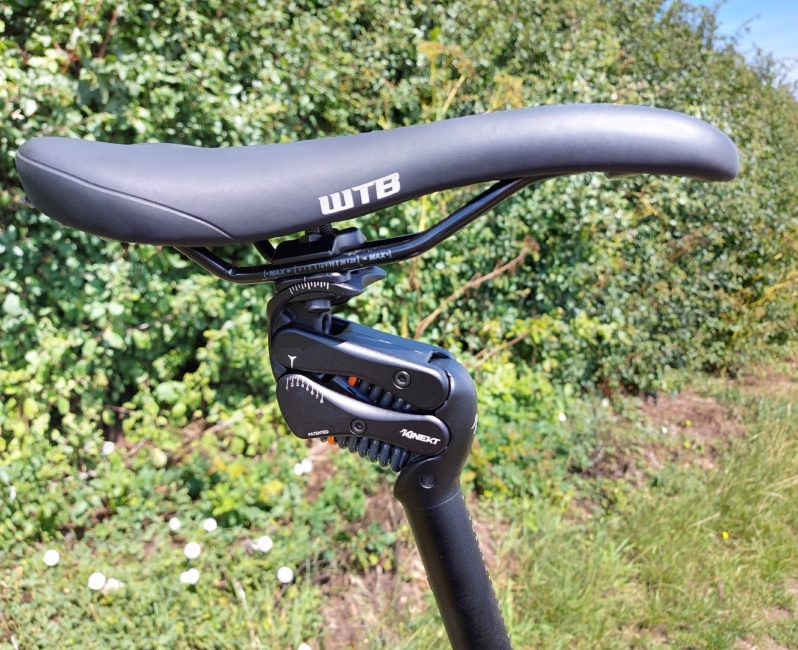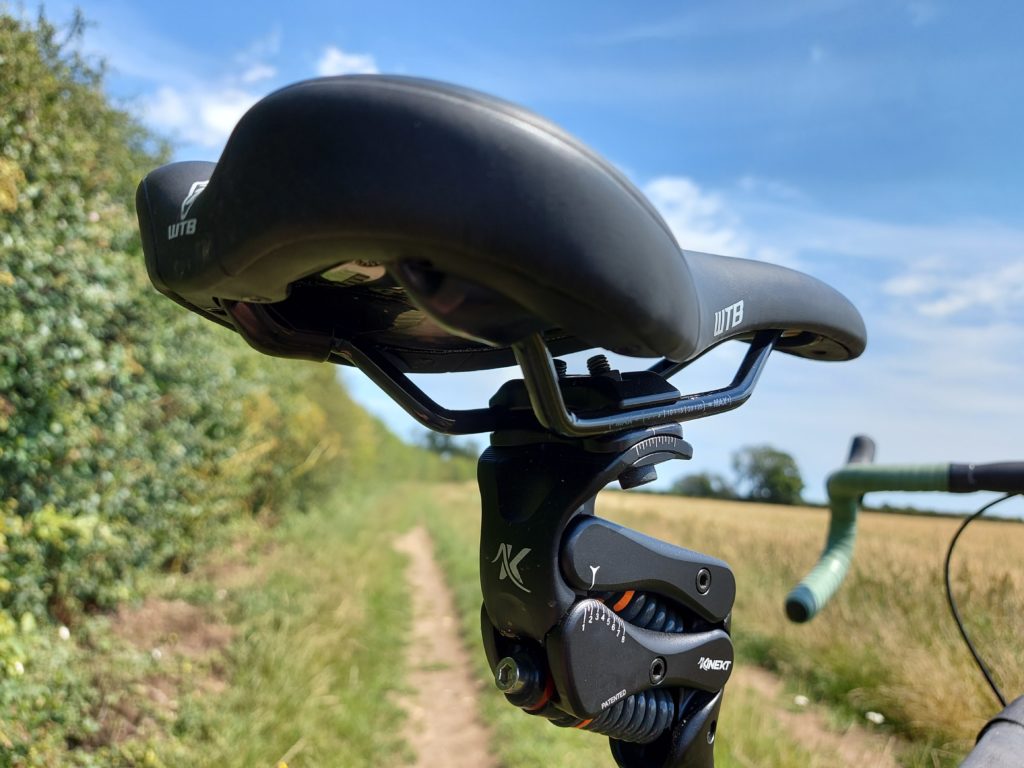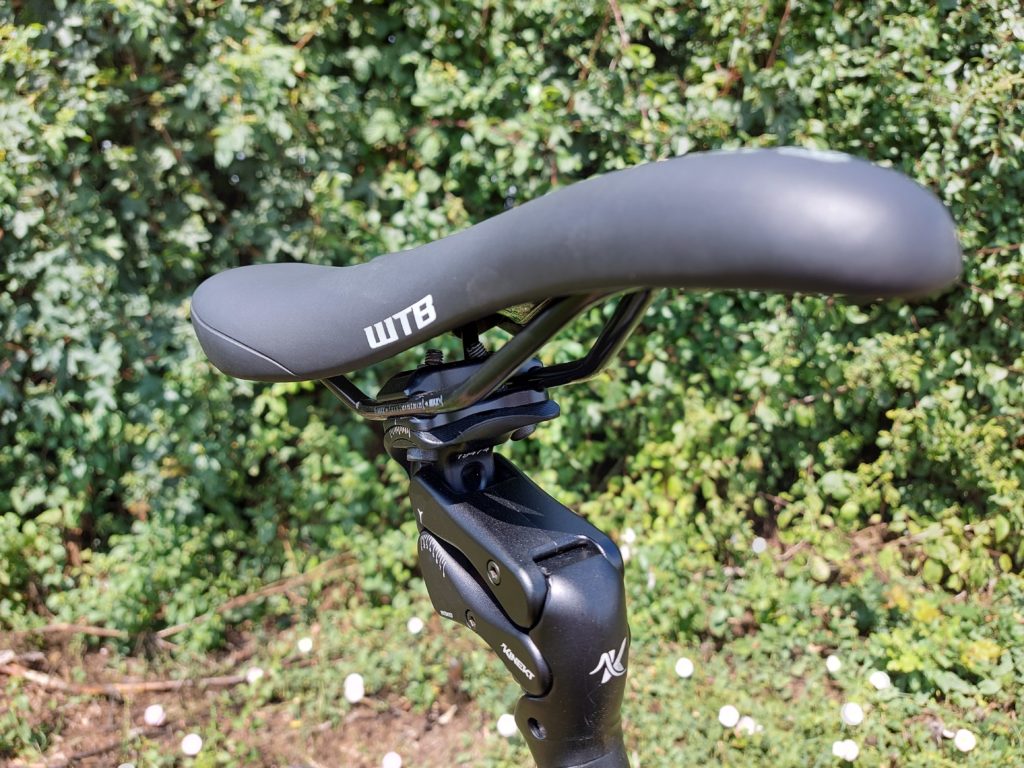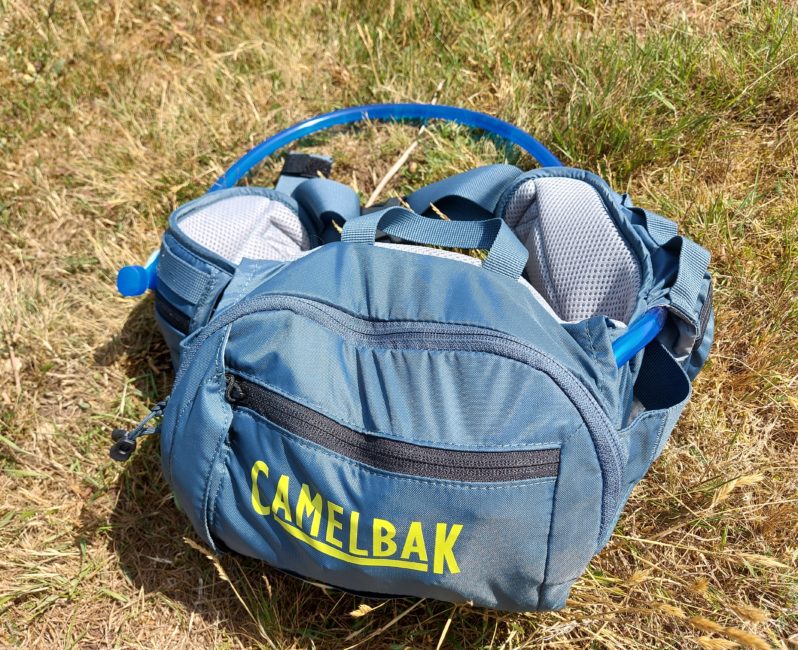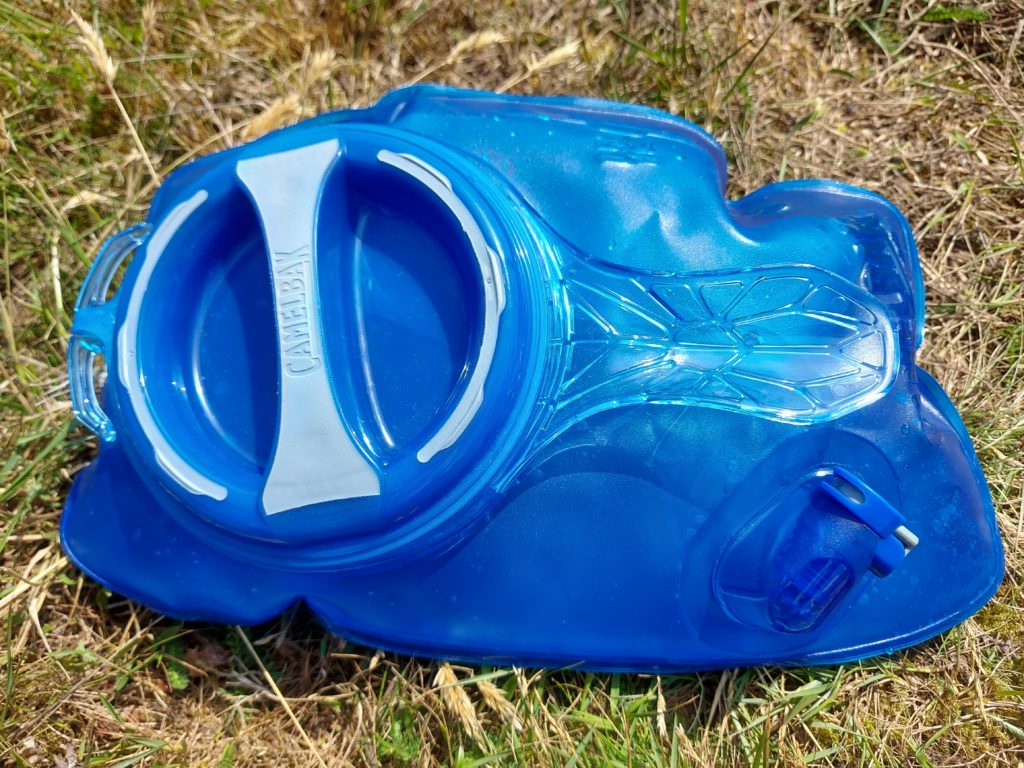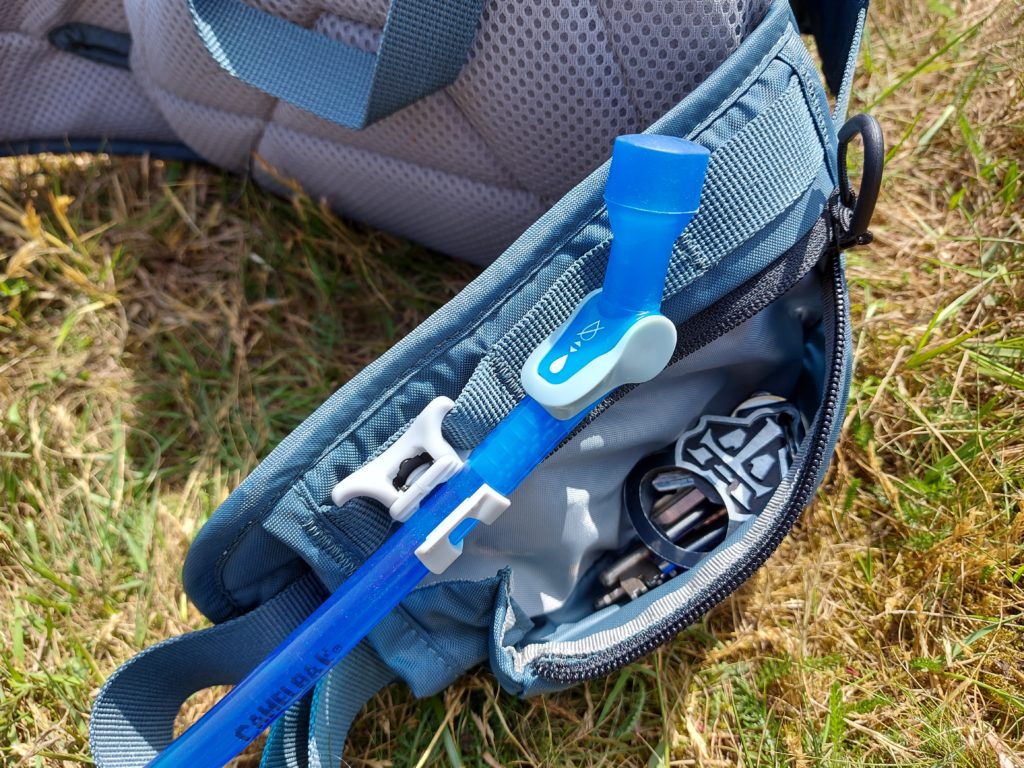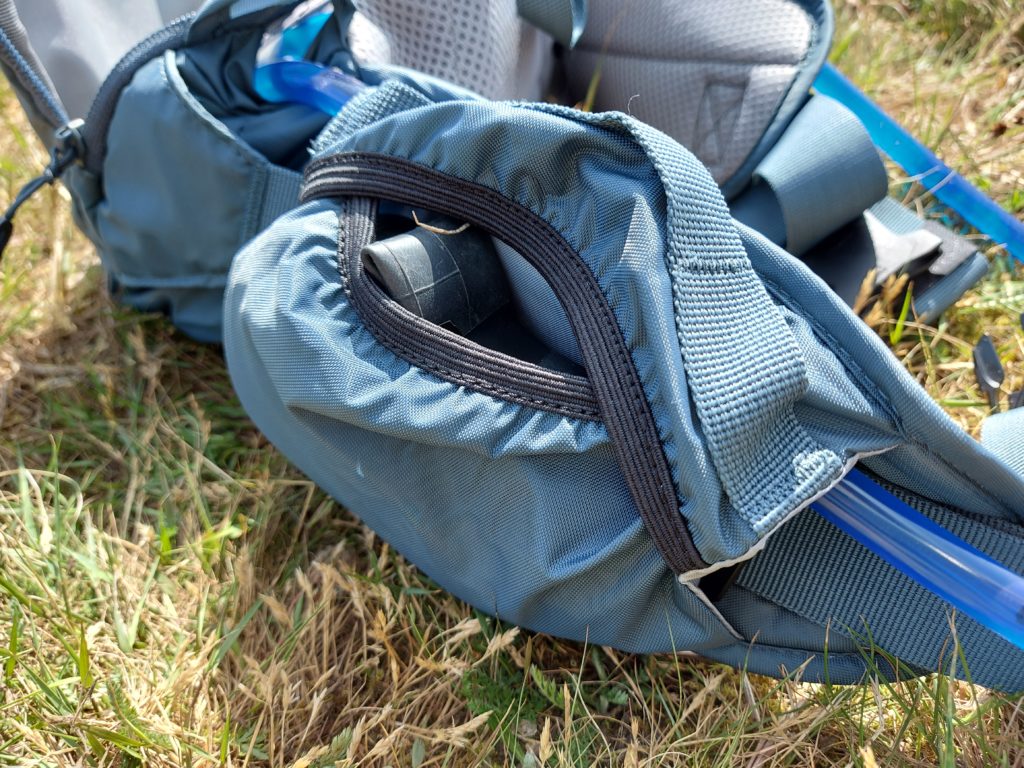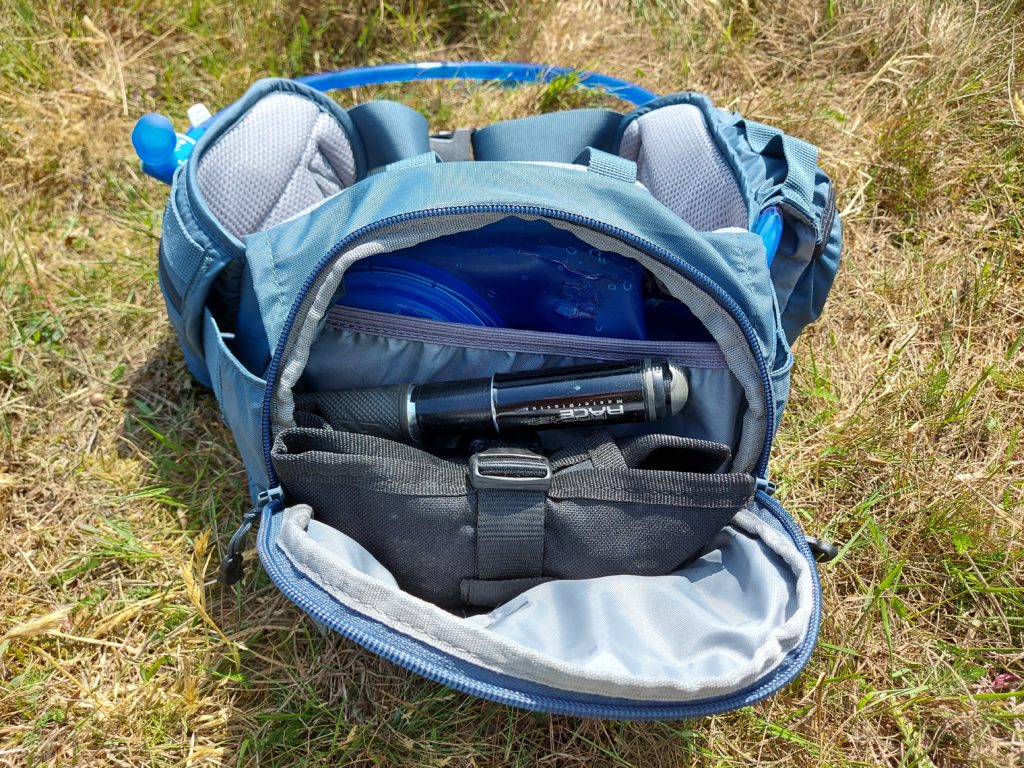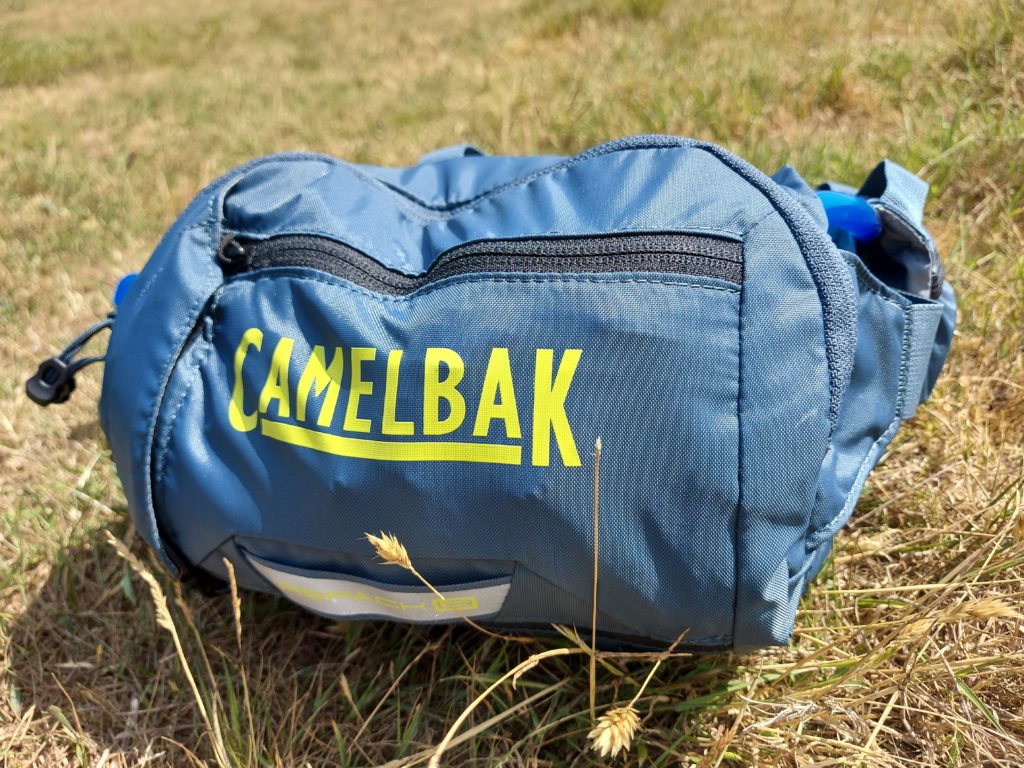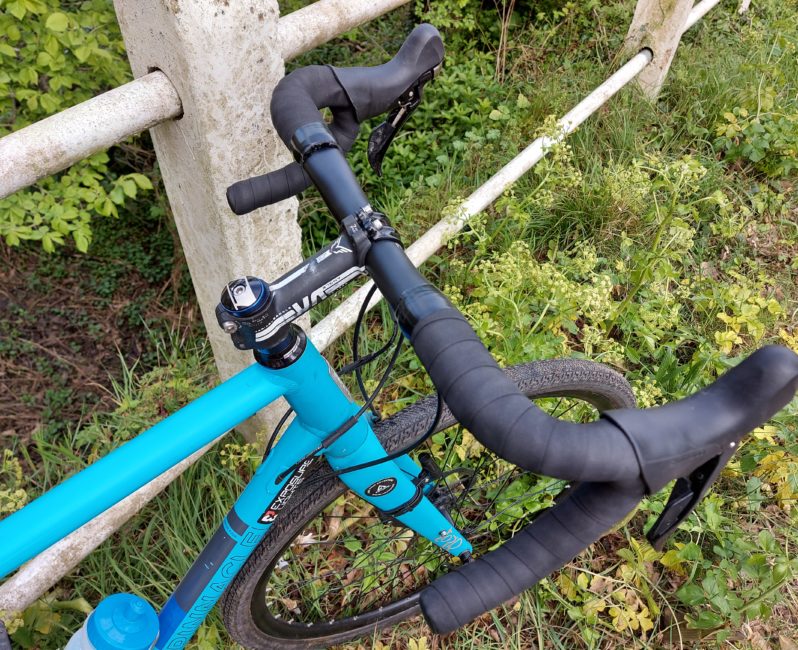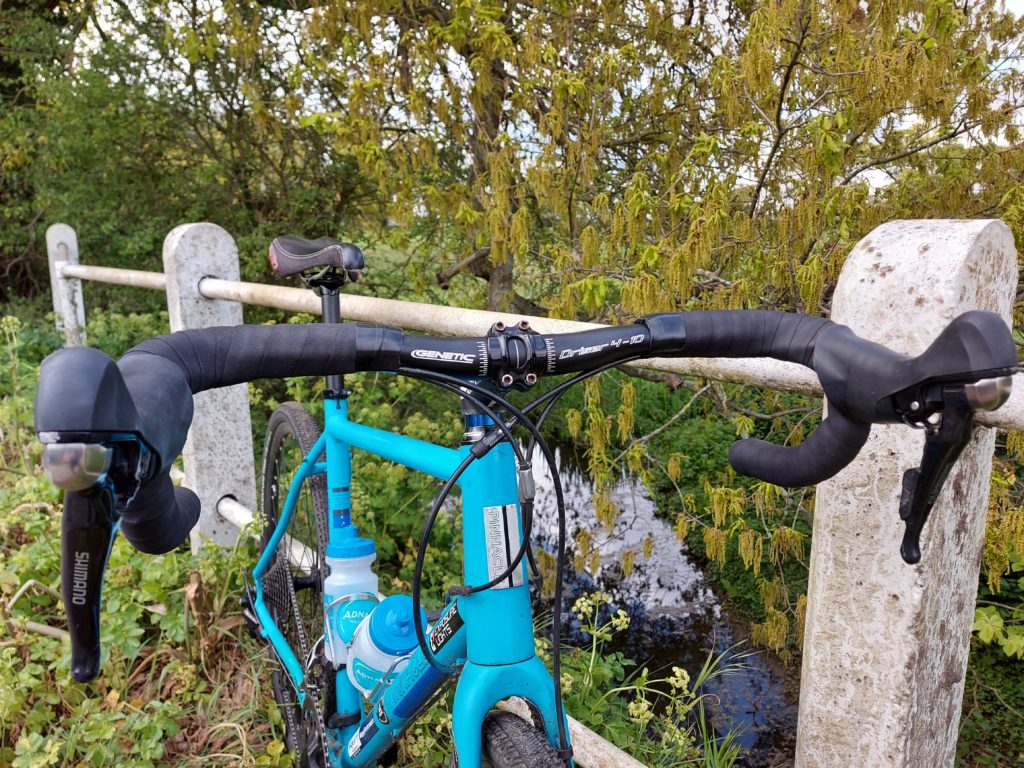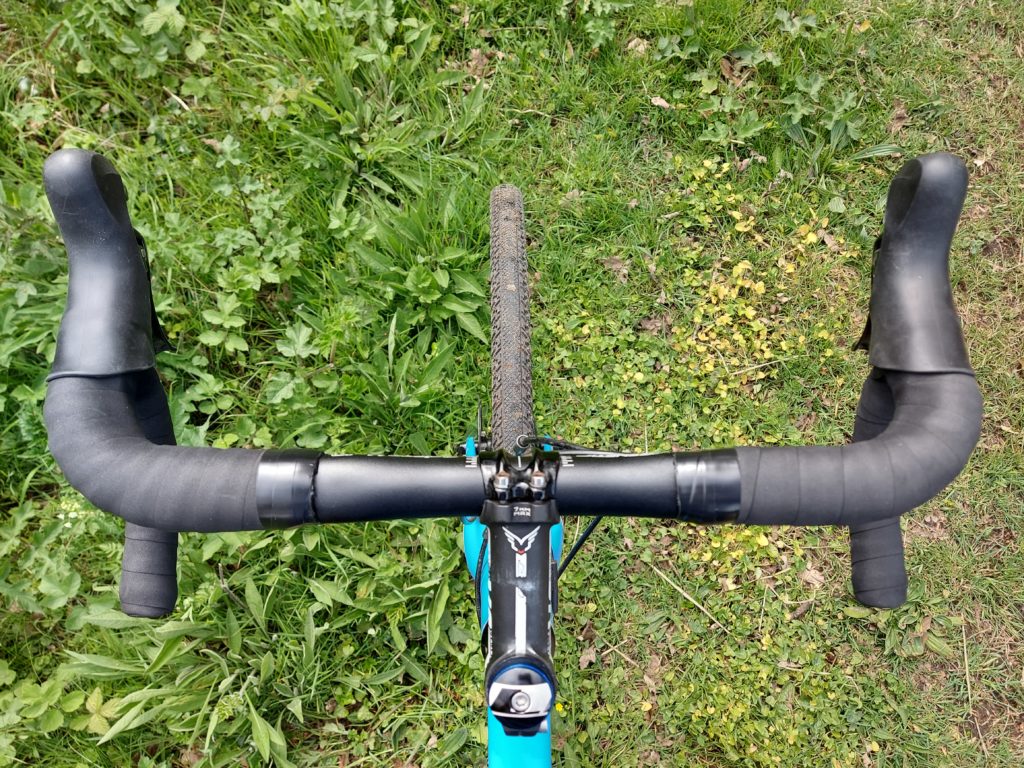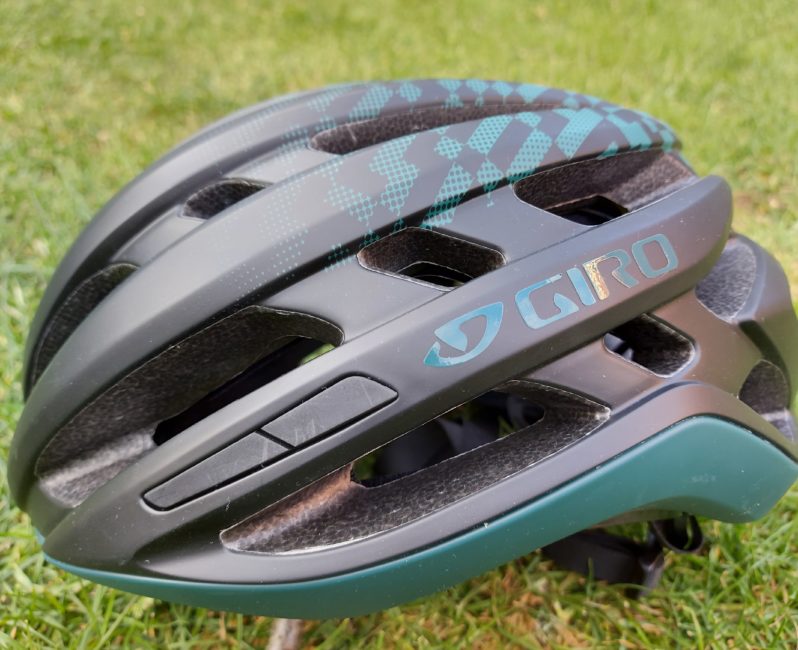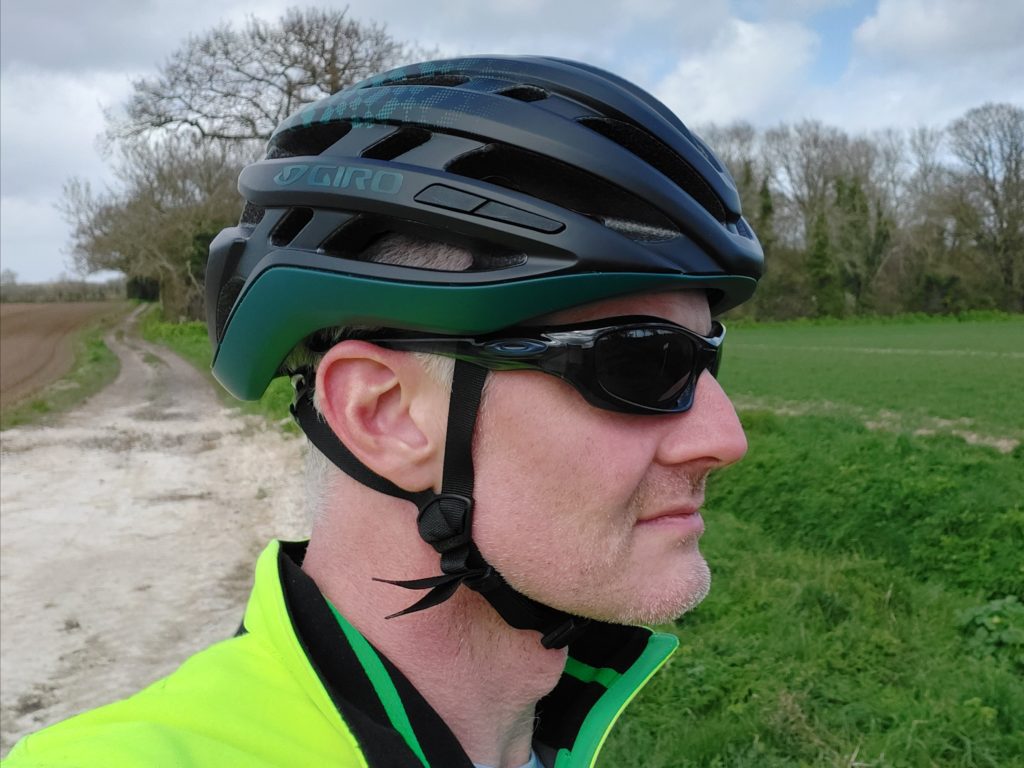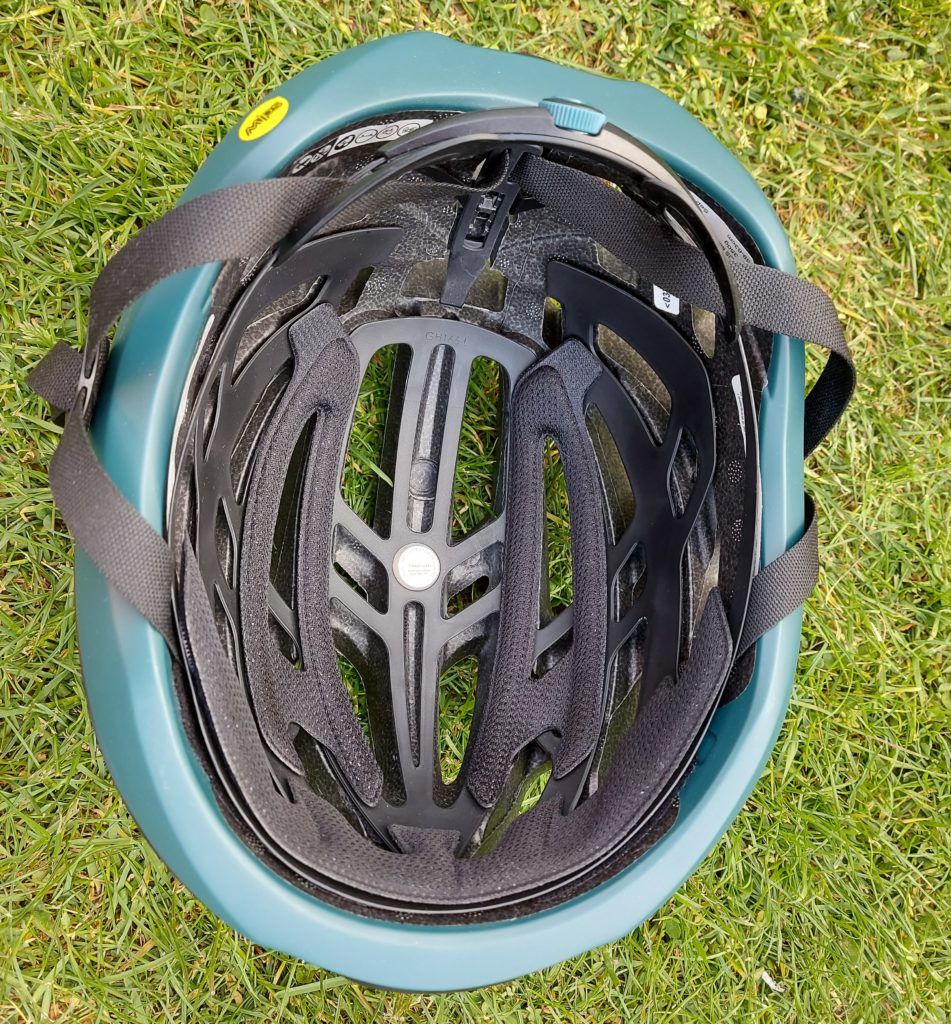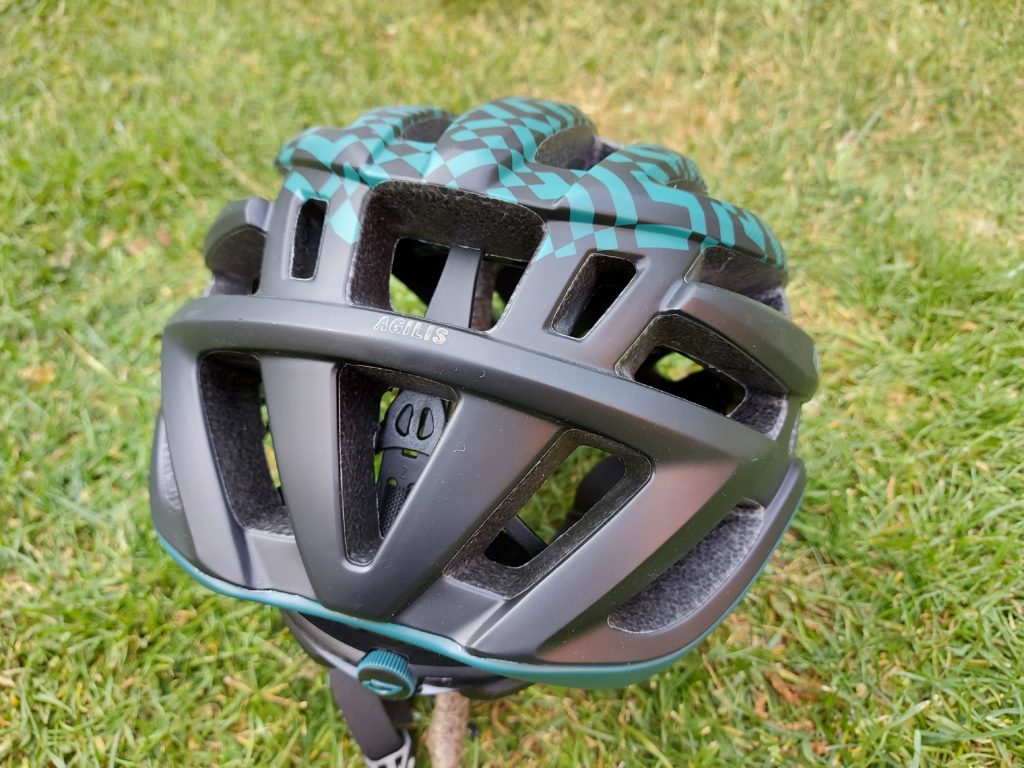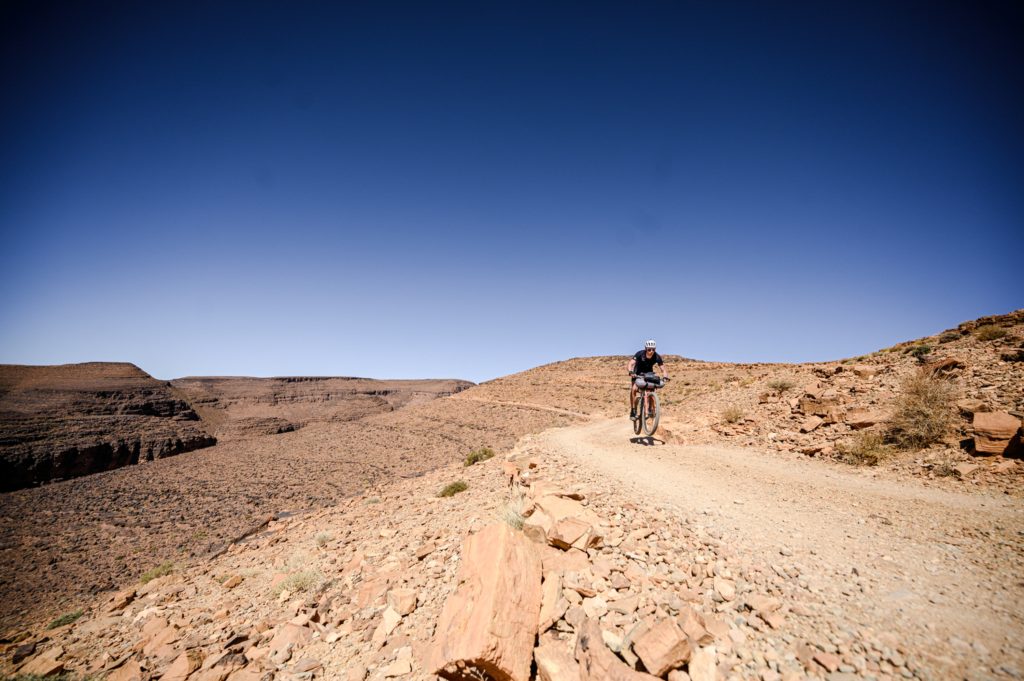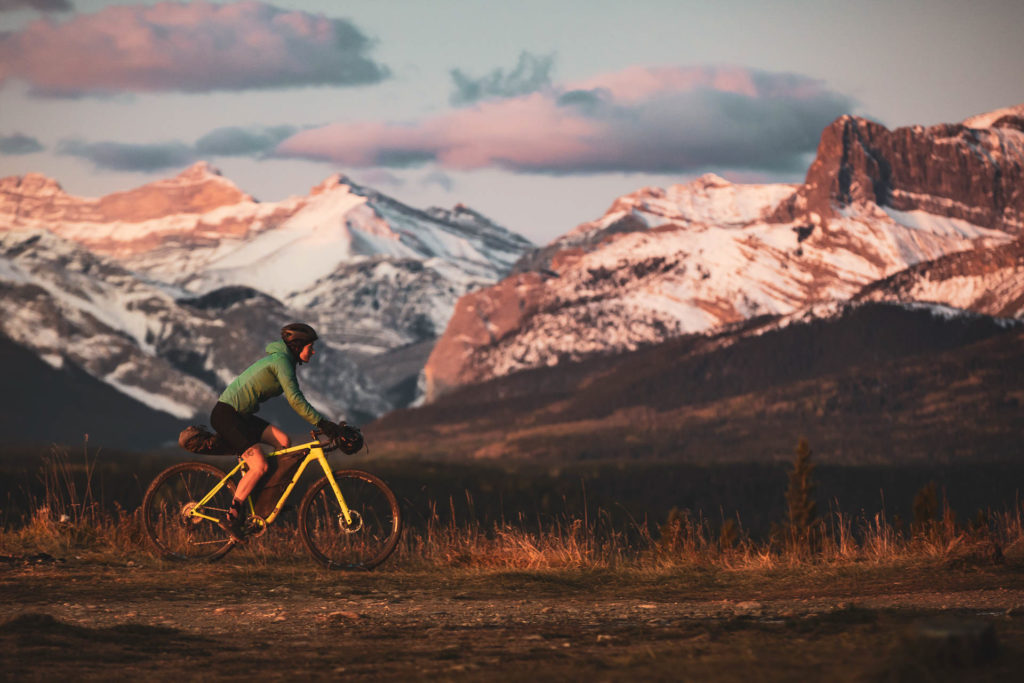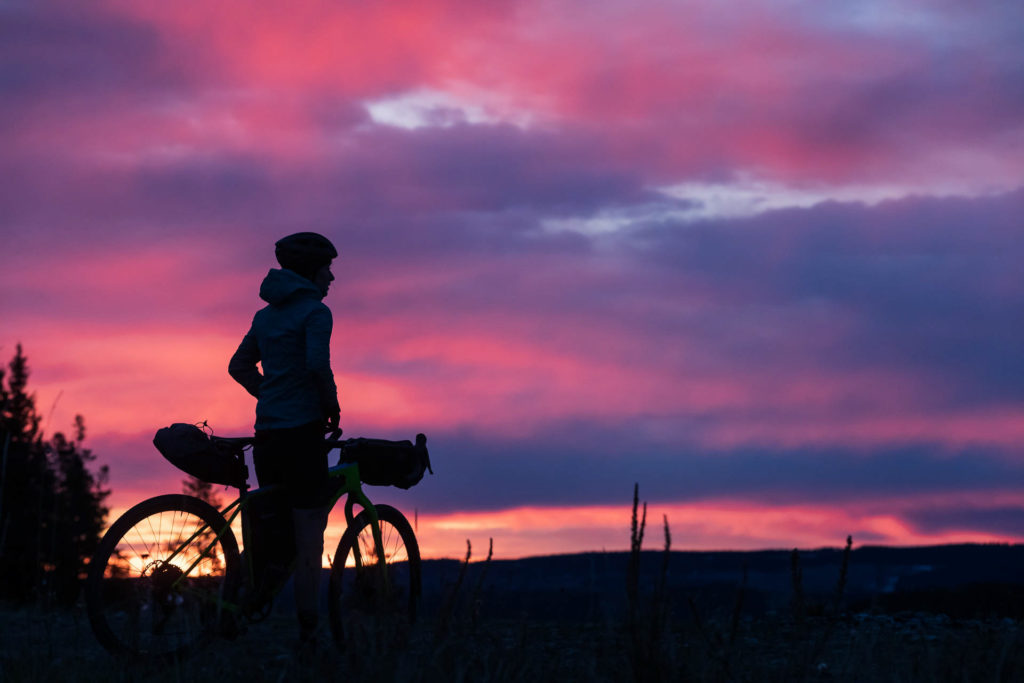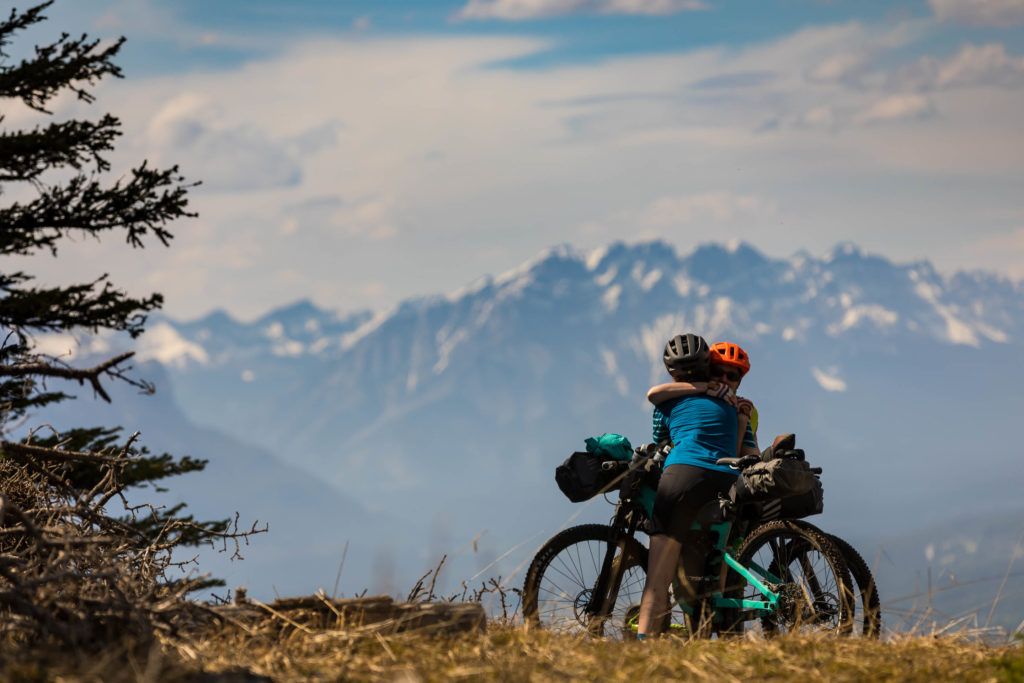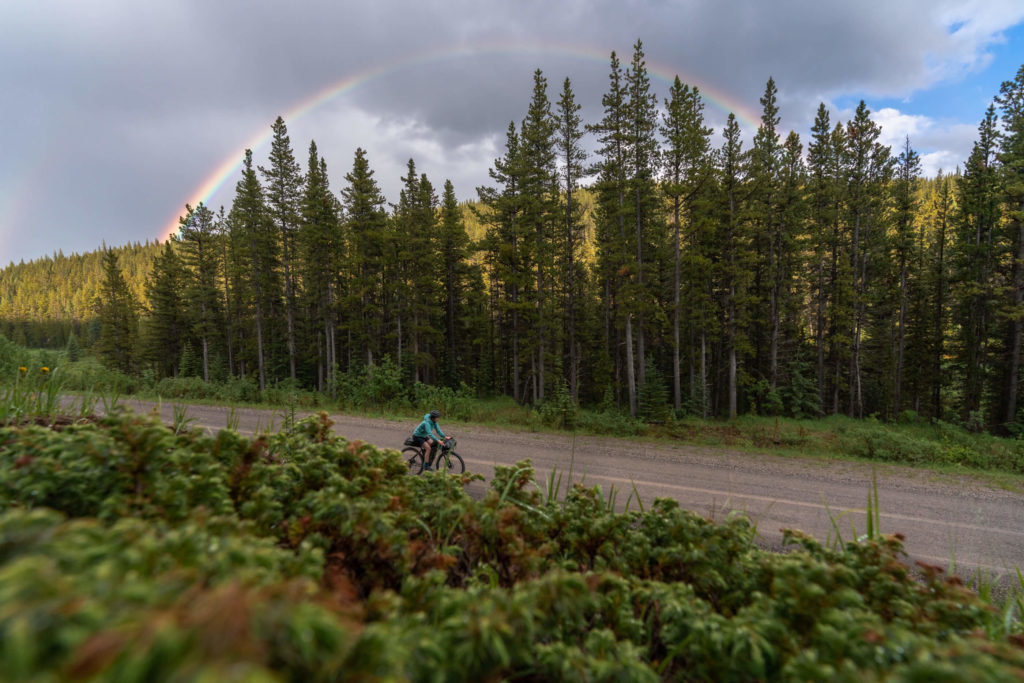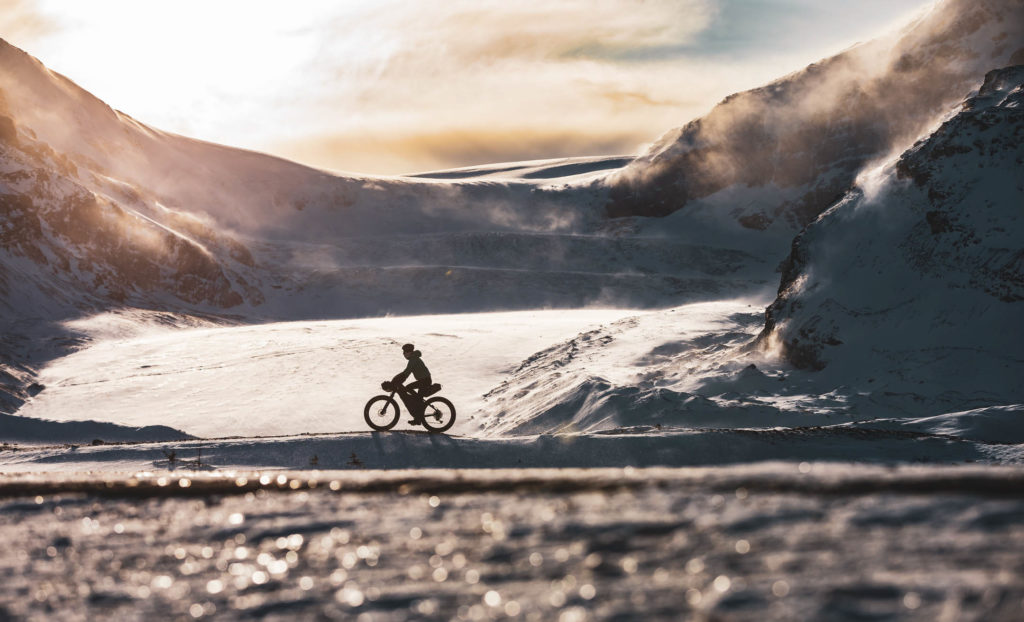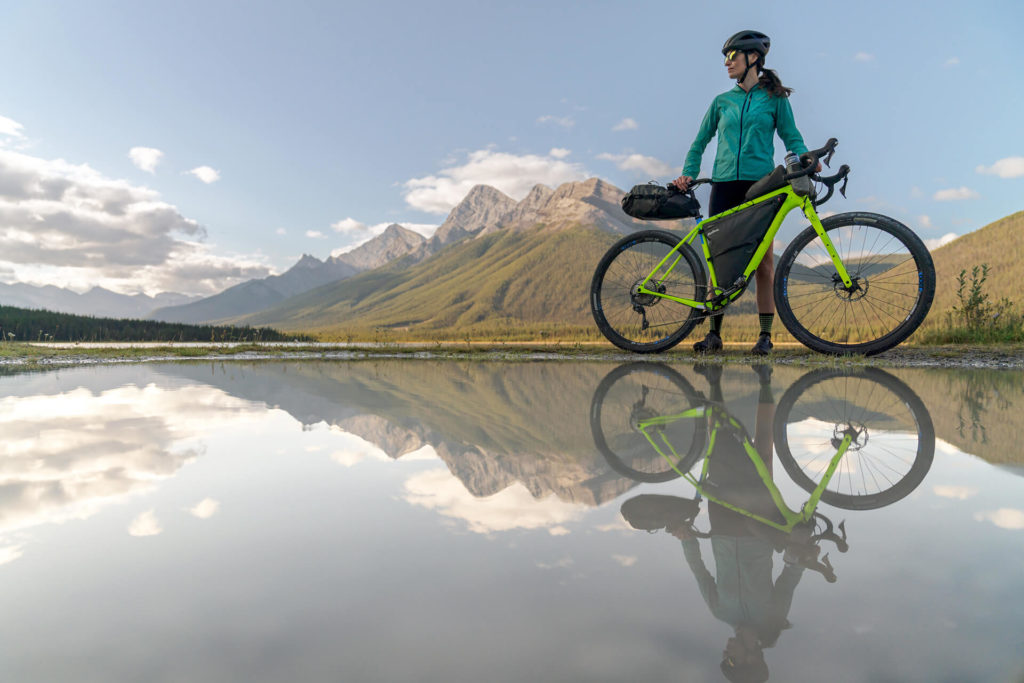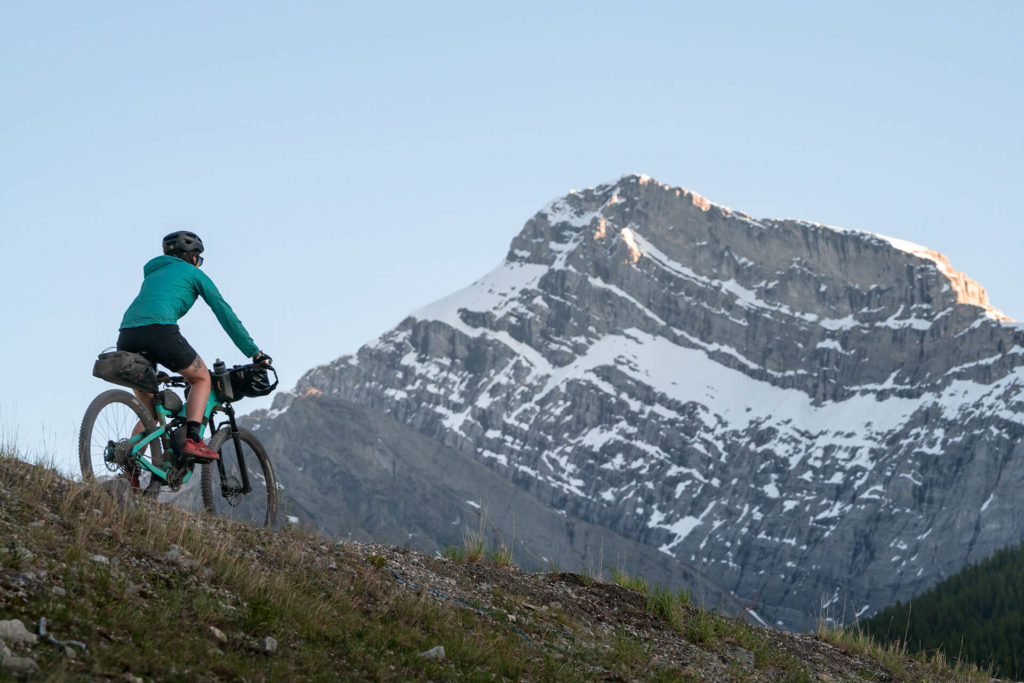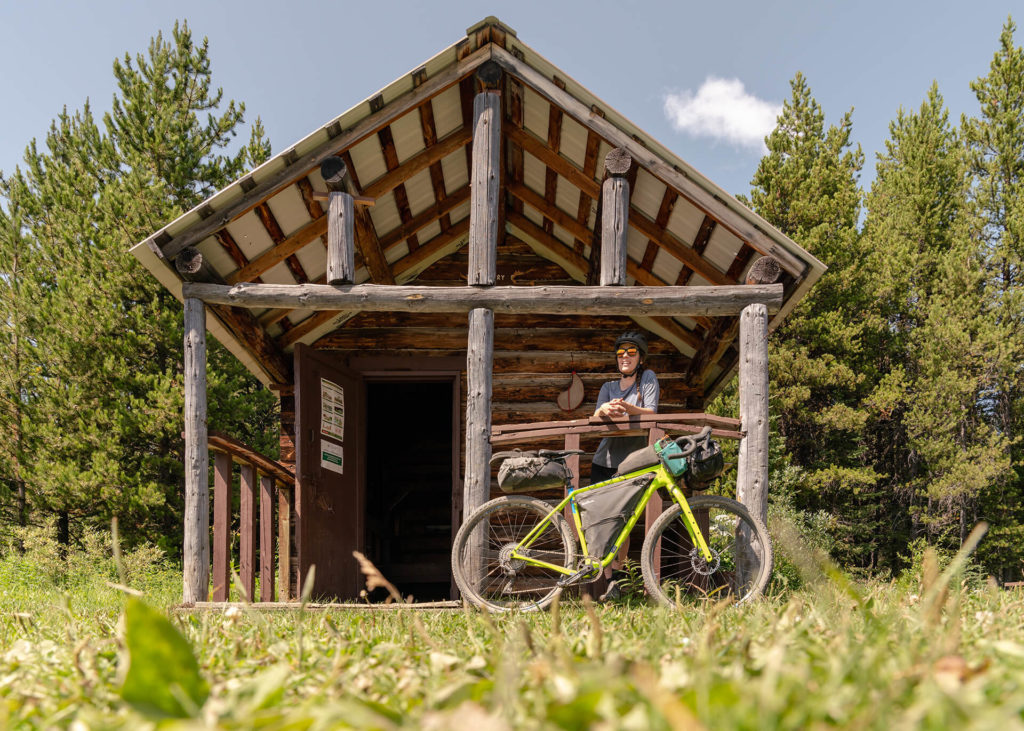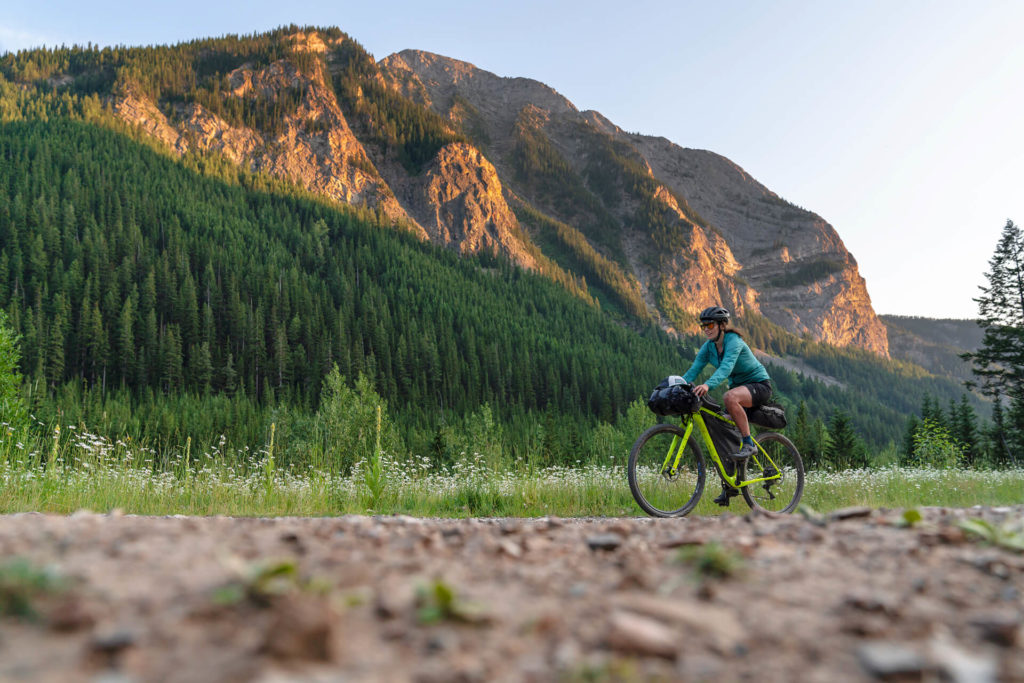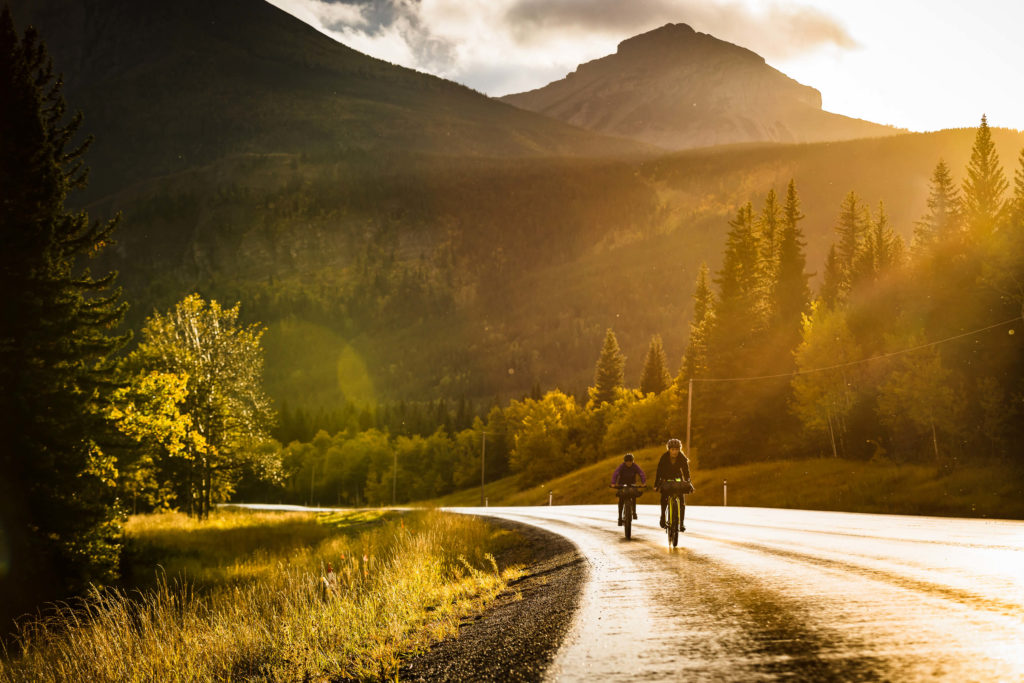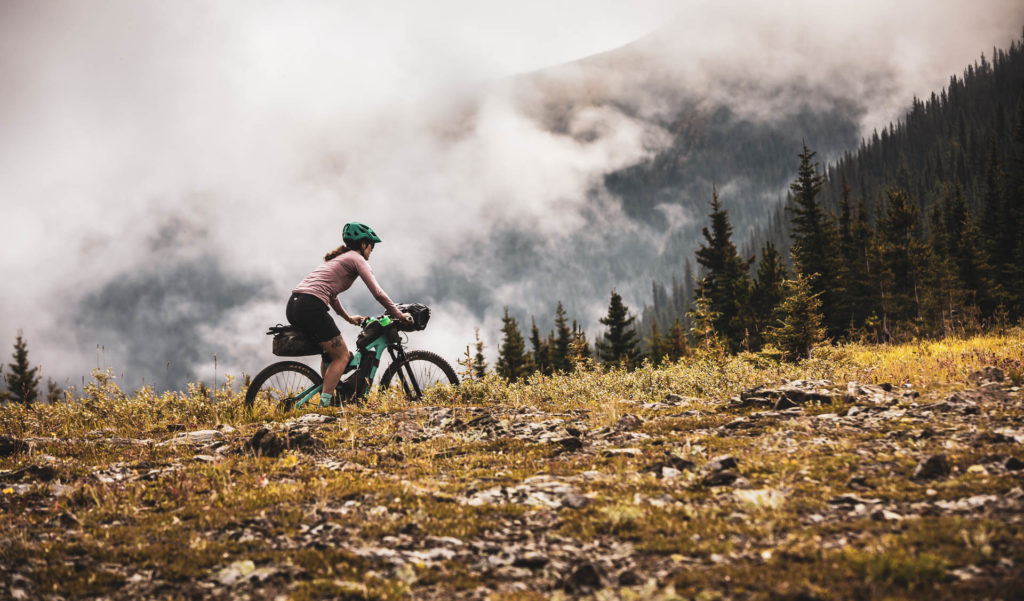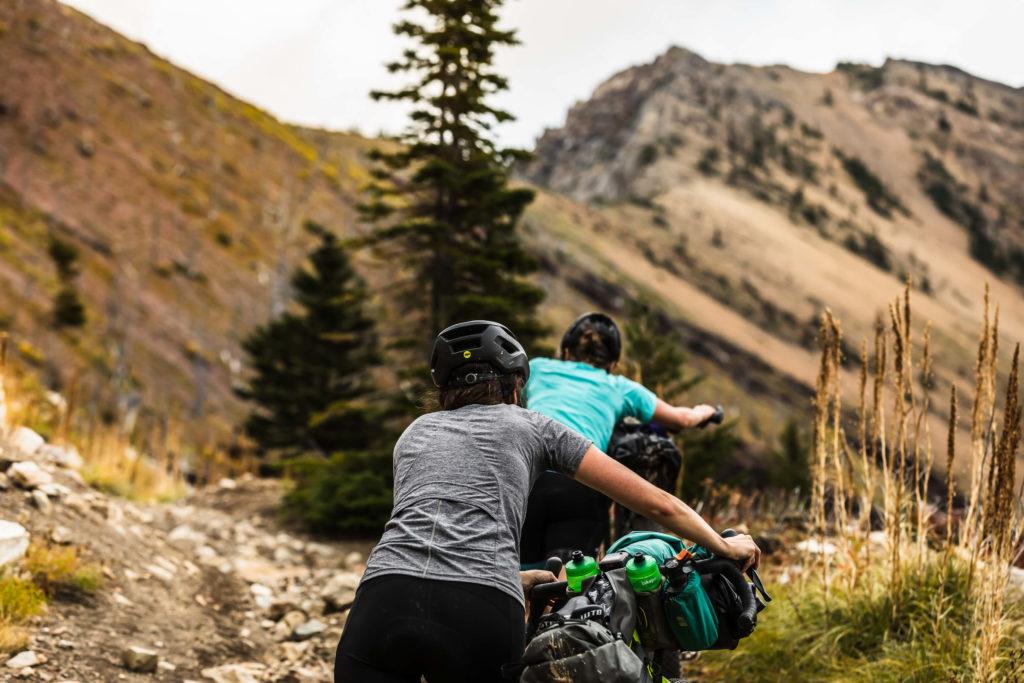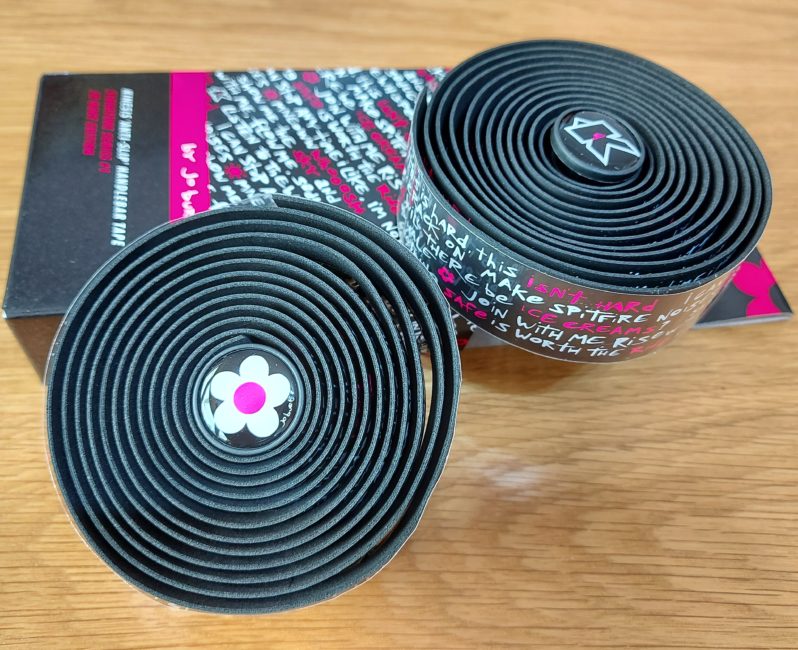
I saw two shooting stars last night, I wished on them, but they were only satellites. It’s wrong to wish on space hardware, but in this case my wish was answered. If you’ve read my account of the Atlas Mountain Race you might remember that I suffered a horrendous and very messy nose-bleed. So it was very fortunate that a recent *thud* on the doorstep of ADVNTR Towers was delivery of fresh bar-tape courtesy of Kinesis Bikes! And not just any old tape, but the Jo Burt signature edition! Not only could I consign the old tape to the bin, the Kinesis tape looked a perfect match for my Salsa Cutthroat.
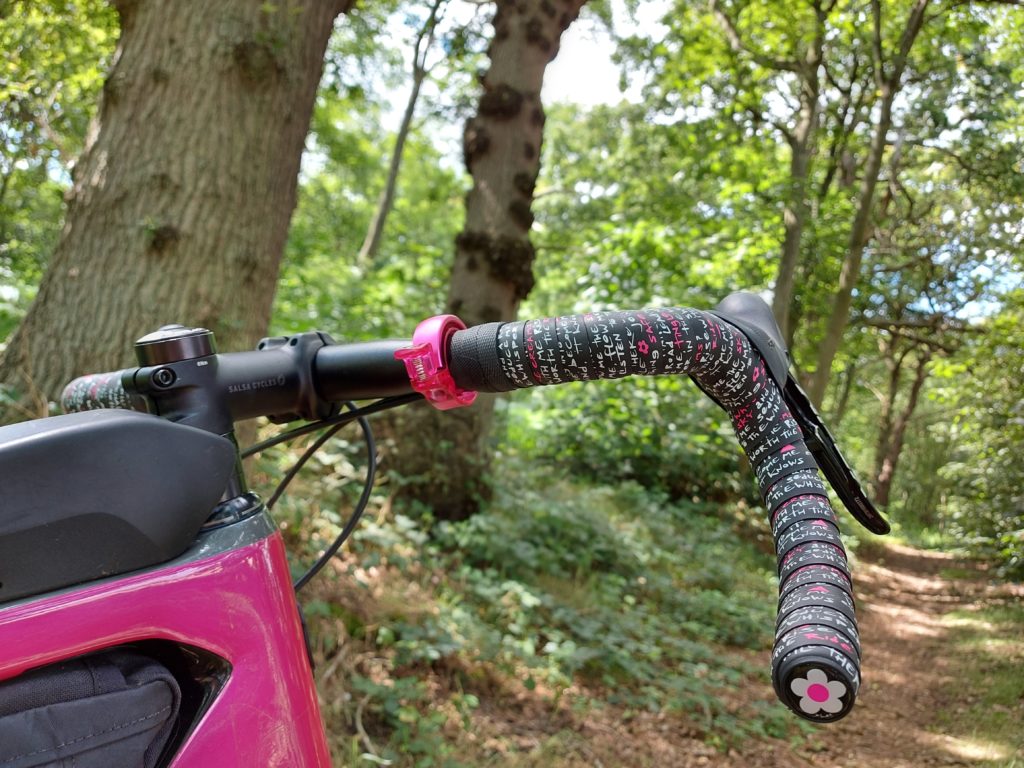
Rely on flower power to fly along the trail!
The man behind the design
Jo Burt has been a constant on the cycling scene for 30-odd years, as an author, illustrator and Transcontinental racer. Having been bitten by the mountain biking bug in the early 90s, it’s Jo’s creation Mint Sauce that I associate with the endless summers and crazy antics of my youth.
The whimsical phrases woven throughout the strip are a large part of their appeal. Mint isn’t featured on the bar tape, but a series of similarly evocative quotes are, all in Jo’s trademark script. I could repeat them here but it would spoil the surprise.
In the box are the two rolls of tape, two finishing strips and a pair of bar-plugs. One with the Kinesis logo, the other with the instantly recognisable flower icon. Kinesis describe the tape as velvet touch but don’t confuse this with a textured tape that will trap grime, it has a smooth, yet grippy finish.
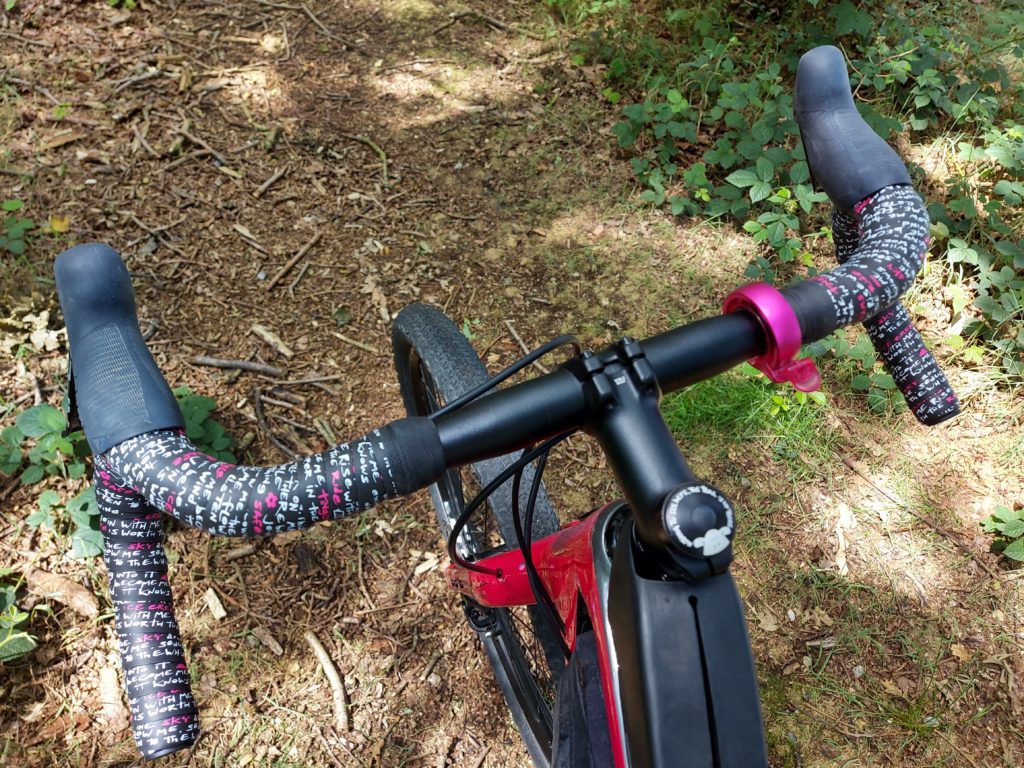
Crest that climb with motivation inscribed on your bars.
Fit & finish
As well as a grippy surface, the tape features a Vex gel backing that provides cushioning and grip. So peeling off the backing tape doesn’t reveal an all-or-nothing glue. Whether a perfectionist, or disaster prone, you’ll be pleased how this tape can be repositioned. It has just the right amount of stretch to mould to the drop bars curves without thinning or deforming the graphics.
The pattern helps with spacing your wrap precisely while still being different on every turn. The rolls are generously long and I had no issues wrapping the 44cm wide Salsa Cowchippers with their flared drops. The finishing strips are also exceptionally good. All too often the provided strips start to unfurl before you’ve finished wrapping the other side and you make do with electrical tape. Instead Kinesis have provided strips that stick well and feature a knurled grip pattern.
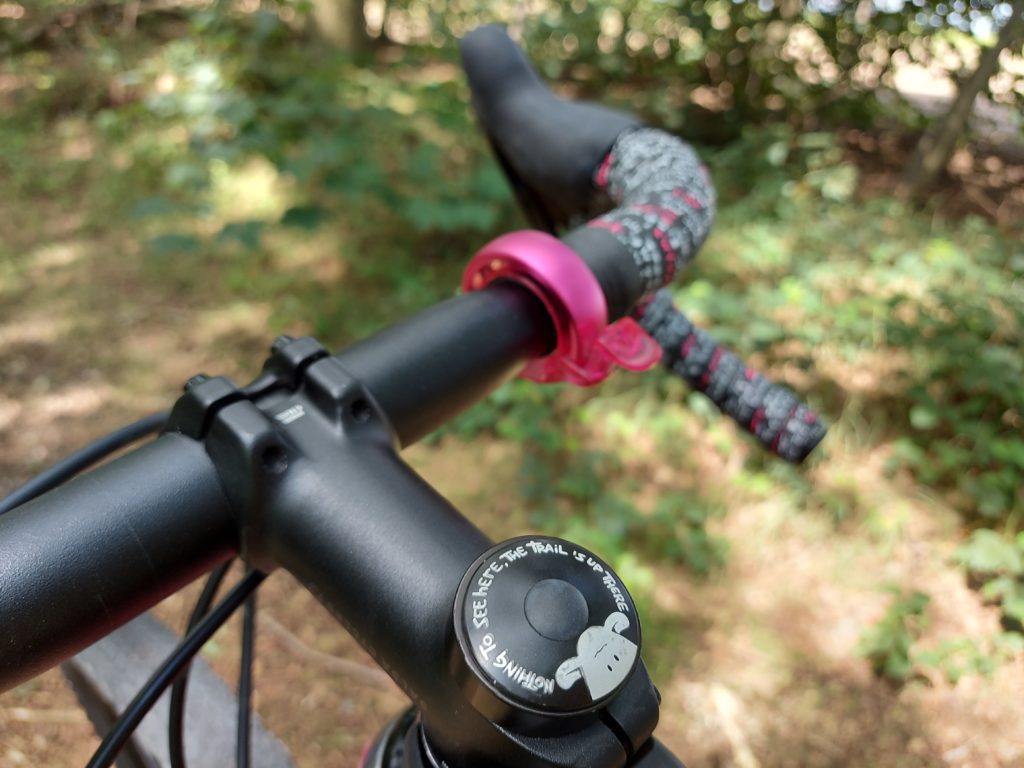
The moment that stem cap has been waiting for has arrived! (not included with the Kinesis bar tape, by the way!)
You like it now but you’ll learn to love it later.
On the bike the tape performs exactly as you’d want it to, grippy, cushioned, easy to clean and hardwearing. Naturally the colours suit the shocking pink Cutthroat we fitted it to, but it’s subtle enough to suit more conservative paint jobs. The asking price of £25 is a fair reflection of the tape’s quality and ease of fitment. But of course, for some of us the appeal of this tape isn’t just how it works physically.
While nostalgia ain’t what it used to be, a quick glance at the bars is all it takes to unearth a wry smile and a burst of 90s energy.
